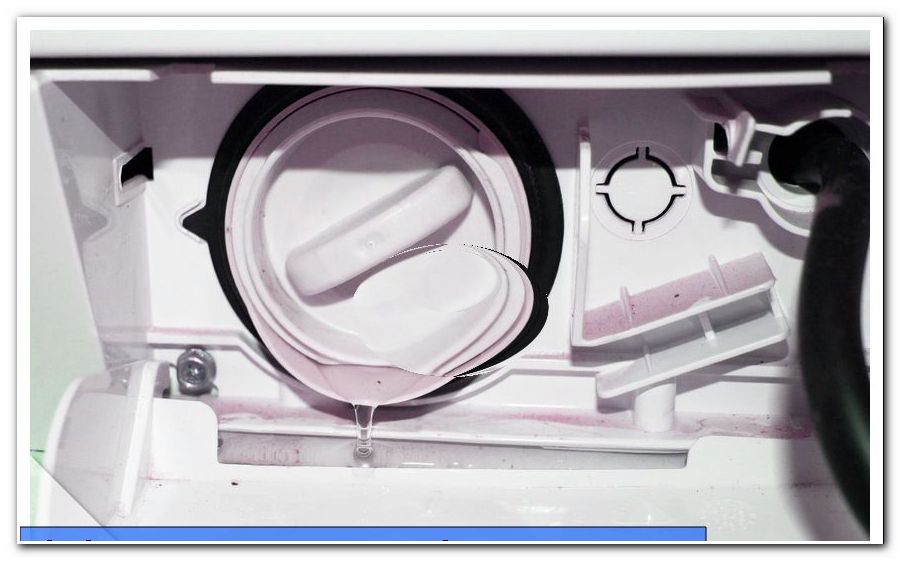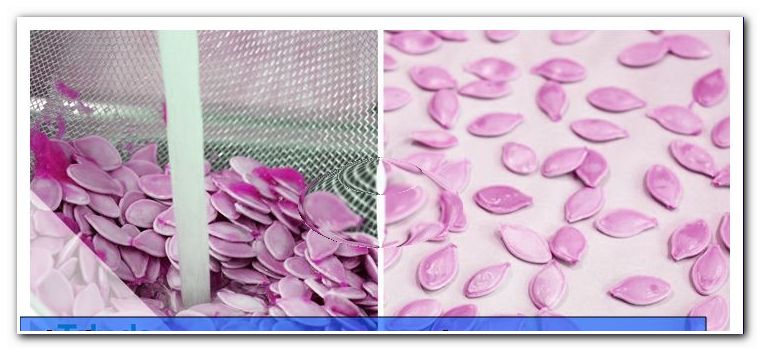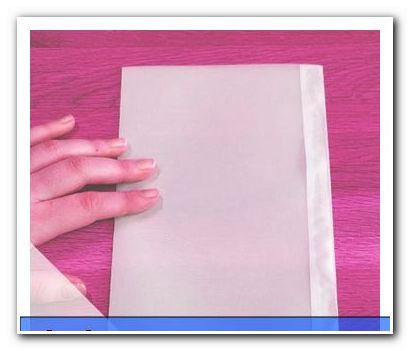Sewing in the sleeves: Instructions for beginners - this is how sewing is done

- Material and preparation
- Sleeveless asymmetry
- Proper staking
- Sew in the sleeves
Whether it's pullovers, jackets, cardigans or tops for children: Sewing on the sleeves is an essential part of the job and can be one of the hurdles for us. If the pattern has not been used with the correct seam allowance or the sleeve has not been cut in the opposite direction, it will be almost impossible to sew the sleeve nicely and evenly.
The length from the shoulder point to the upper arm is usually crucial. Normally, this length will fit perfectly with the sleeve opening on the front and back of the top. If you use the wrong or mirrored sleeve, it is therefore too short or too long and the fabric pieces are impossible to match.
In today's beginner's guide, I'll show you how to easily sew in sleeves with some great tricks.

Material and preparation
Sleeveless asymmetry
The asymmetry of the sleeve
If you look closely at your patterns, you will notice that the sleeves folded vertically can not be symmetrical. That's because the human body on the front and back does not look the same. The back of the sleeve - and subsequently the sleeve neck - is much longer than on the front, as the back muscles are wider and rounder. That's why it's important to cut the sleeve "normal" and even mirror-inverted for each project.

TIP: When plotting or cutting the sleeve, transfer the intersections recorded on the pattern. These can each be stacked on pinning and the subsequent sewing.
In addition, I mark each of the left and right sleeves with a textile pen, in order to be able to sew the right sleeve on the respective side later. In addition, the highest shoulder point (usually drawn in the pattern) is marked.

Proper staking
Step 1: First, the front and back of the upper part are put together at the shoulders right side and sewn to allow the sleeves to be attached.

When pinning and sewing the sleeves, the material of the fabric plays a major role. Jerseys are basically much easier to work with because they are elastic and stretchy. With other - not elastic - materials, the pinning is already much more difficult. In hindsight you can not readjust or drag here!

2nd step: Now the shoulder point should be marked and pinned. Normally, the highest shoulder point is drawn in the pattern and can be transferred to the fabric.

You fix this point directly at the seam between the front and back of your shirt.

Step 3: Next, fix the two points at the bottom of the sleeve to prevent the fabric from being pulled too long or too short. The pinning of the sleeves is always a bit difficult because two opposite rounding must be fixed.

Now you can fix the remaining points along the sleeve neckline.

Sew in the sleeves
Step 1: After pinning, the sleeve can now be sewn on. Use either the overlock or the zigzag stitch of the sewing machine to get an elastic seam.
TIP: Sew on the sleeve very slowly. It is best to continuously pluck the fabric a little, so that the fabric edges are always optimally placed on each other. Since the sleeve consists of two equal curves, the fabric can sometimes be forgone when sewing. With the plucking you prevent the edges "disappear" just before the presser foot.
Step 2: The seams should now look like this.

Next, the sleeves are pinned lengthwise and the sides of the top. Here again you are the first to pin down the seams under your arm. The two seams should be as close together as possible when sewing!

Then you can pin the remaining points and sew them together with the sewing machine or your overlock . Now turn the upper part outwards onto the right side of the fabric.

I hope our guide will help you to sew your next sleeve. Have fun sewing!




